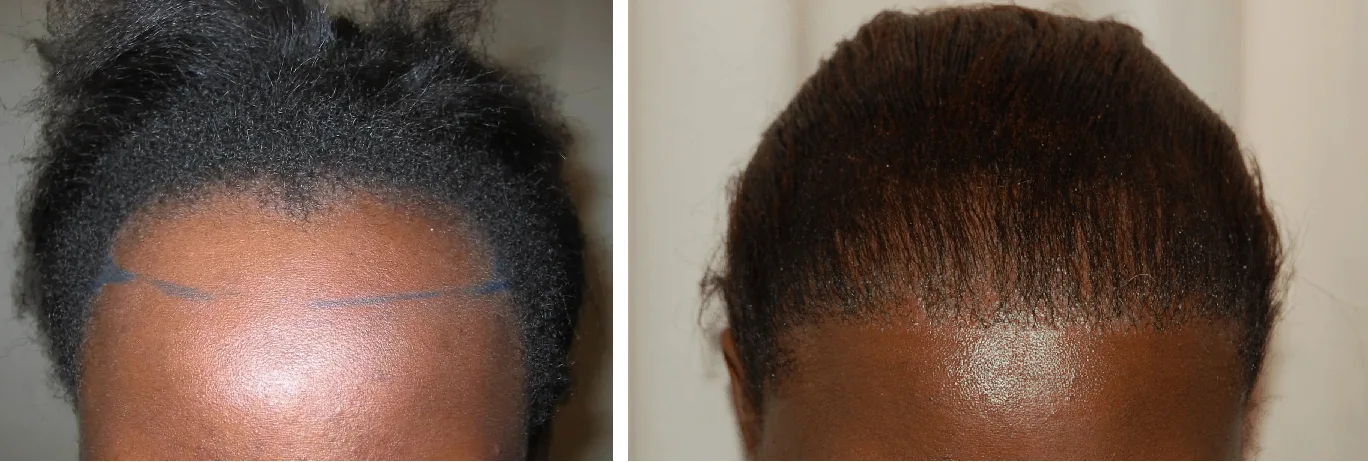Losing a tooth can be very traumatic psychologically and can have lasting effects on your overall well-being and dentition. Fortunately, in today’s advances in dental care, we are able to utilise newer techniques where losing a tooth is becoming less and less common. There are still instances however when a tooth can be so badly decayed or infected, or even so badly broken down, that unfortunately taking the tooth out, although this is usually the last resort, becomes inevitable.
The question that then arises is what to do with the space that is created once the tooth has been removed? Your dentist can offer you several solutions to this dilemma, the main ones of which are outlined below.
a) Leave a space
Depending on the position of the lost tooth, leaving a space is usually the easiest and most straightforward option. An example would be when wisdom teeth are removed, it is usually unnecessary to replace them.
As we grow older, the need for the posterior teeth also diminishes, this is based on a study written by A F Käyser in the early 80s where he introduced the concept of a shortened dental arch.
Another factor that must be taken into consideration is the number of missing teeth. This usually helps determine whether a replacement is necessary to maintain our daily activities of chewing effectively and effortlessly, and for aesthetic purposes.
If the teeth are not necessary for adequate function or aesthetics then replacing them becomes less of a requirement however this is very case selective and many people may feel the need to replace the missing tooth even if it serves no function.
Leaving a space may also be a prerequisite to closing the space with orthodontic treatment. Some orthodontic treatment plans involve the removal of teeth in patients with severe crowding of teeth in order to allow the teeth adjacent to the space to be moved into the space and close the gap.
b) Removable partial denture
This is an old and usually outdated mode of treatment where a tooth can be replaced with an artificial tooth usually made from acrylic or ceramic, and fused to an acrylic or metal base.
Removal of partial dentures are particularly effective if there is more than one space that needs to be filled, and they function well as temporary devices until the site where the tooth was extracted has healed adequately enough for us to be able to place a more definitive replacement.
Removable dentures need to be removed at night and can be lacking in stability and retention and do take some time to get used to, so they are usually not the preferred choice for most patients, however, compared to other replacement options a removable partial denture is usually very cost-effective.
c) Fixed dental bridge or fixed partial denture
This treatment can take the shape of different designs, depending on the number of teeth involved and the way they are joined to or stabilised to the teeth adjacent to the space.
In the case of a conventional bridge, a crown is placed on the tooth/teeth immediately anterior to the space, and another to the tooth/teeth immediately posterior to the space. These are also joined to artificial teeth which are fused to these crowns and have the appearance of natural teeth.
A different version of a bridge can be attaching the artificial tooth via wings that get stuck to the inside of the teeth adjacent to the space. This type of bridge is less invasive and does not involve drilling the teeth adjacent to the space.
Dental Bridges are limited to specific criteria and may not be applicable to all spaces. Limitations can include but not restricted to, the length or size of the space (i.e. number of teeth missing), the status of the adjacent teeth that we need to anchor the bridge to, and of course the overall state of dental health.
Bridges are also more difficult to clean and certain cleaning aids such as superfloss would be needed to ensure good hygienic maintenance of these prosthetic replacements.
d) Dental Implants
Dental Implants are to date the closest replacement we have for our natural teeth. They consist of titanium (newer materials such as ceramics have also been developed and are being used more widely) screw that is inserted into the bone where the tooth was removed. Once this is held and stabilised by the adjacent bone, then a crown can be inserted into the implant and this gives the function and appearance of a natural tooth.
Implants when placed correctly and fully heal give the feel and appearance of a natural tooth and are not prone to cavities. They have a high success rate compared to the other treatment options and tend to be the most comfortable replacement of a tooth.
Implants do not need to be joined to the adjacent teeth, hence looking after them is usually easier, where we clean them just as we would a normal tooth, with a brush and normal flossing, however they are prone to gum disease and subsequent bone loss and therefore immaculate oral hygiene needs to be adhered to.
There are very few contraindications to implants, however, we need to ensure that we give the implant a chance of survival. This means that we need to ensure an adequate amount of bone as well as the quality of bone, and need to control certain medical conditions such as diabetes in order to ensure success.
e) Orthodontic space closure
In some circumstances closing a space may be achieved by orthodontic appliances such as wires or aligners. This may take some time but can be a very effective and non-invasive way to close a space if the space is not too large, and providing that the teeth to be moved are deemed healthy enough to be able to do so.
If you have a missing tooth and would like to have it replaced, then your dentistis best equipped to assess and advise you on the best option that is available for you. Book an appointment with our dental experts who would be happy to guide you in the best direction for your overall dental health.




